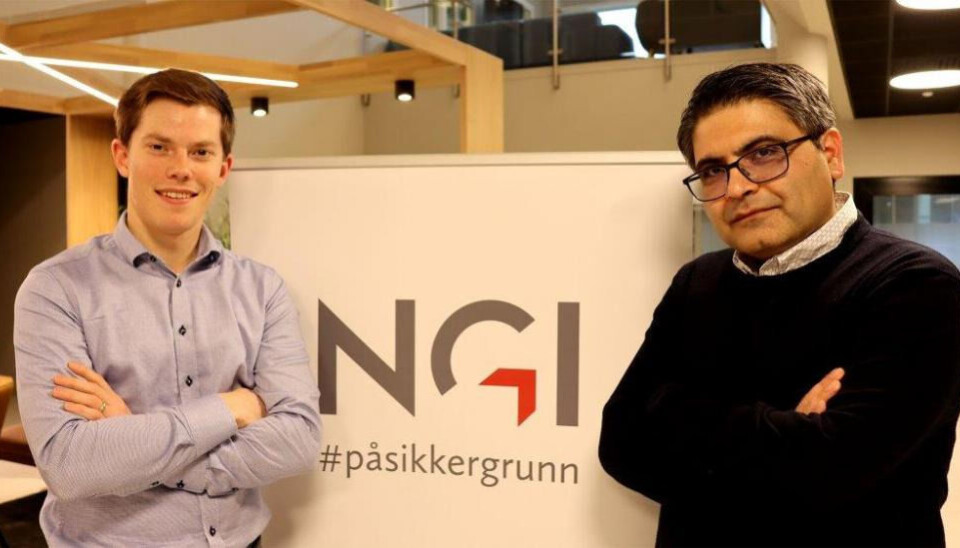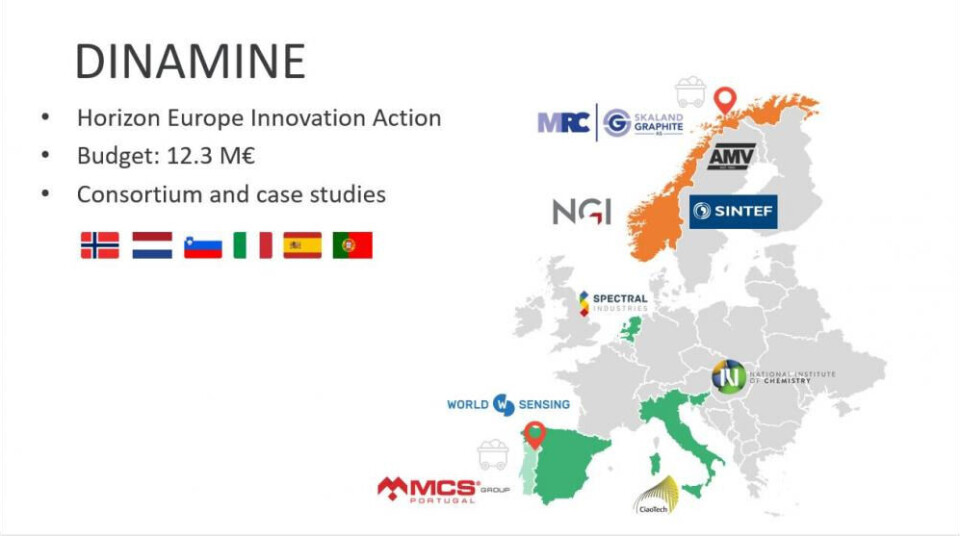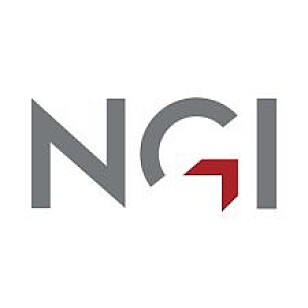THIS ARTICLE/PRESS RELEASE IS PAID FOR AND PRESENTED BY NGI - the Norwegian Geotechnical Institute - read more

NGI-led EU project will digitise the mining industry and ensure increased sustainability
Europe has a growing need for critical raw materials and wants to be more self-sufficient when it comes to supply. But how can we extract minerals in the most sustainable way possible?
Today, Europe imports many of the mineral resources needed to produce everything from mobile phones, renewable energy, and modern defence equipment from, among other places, Asia. In the coming decades, it is expected that the need for minerals will increase heavily. In Europe, small and medium-sized mines account for more than half of the value added.
"These mines play a decisive role for Europe to become more independent of imports and more competitive in terms of sustainability – both economically and environmentally, but also socially, through responsible mining practices," senior engineer at the Norwegian Geotechnical Institute (NGI), Sean Salazar says. He will lead this 3.5-year project.
The recently funded innovation action DINAMINE will develop and showcase how innovative solutions and digital technology, such as robots, artificial intelligence, and automation, can make small and medium-sized mines more efficient and sustainable.
DINAMINE, which stands for Digital and Innovative MINE of the future, is an Innovation Action that was recently granted under Horizon Europe, the EU's key funding programme for research and innovation. DINAMINE will develop an innovative and holistic mine management system that aims to change and modernize the industry.
"The keyword to bring about this paradigm shift is digitalisation. With DINAMINE, we want to demonstrate how we can build a more sustainable industry through innovative solutions," NGI's senior engineer Mahdi Shabanimashcool says. He is responsible for the project's technical concept.

11 European project partners
In the next 3.5 years, NGI will lead the 12.3 million Euro project. The high-level, industry-driven multidisciplinary consortium is comprised of partners from Norway, Portugal, Spain, Italy, Slovenia, and the Netherlands. New technologies to be developed and demonstrated include:
- A smart database system for real-time integration of various types of information such as geological and geophysical data, mineral resources, geomechanics, mineral processing data, tailing and environmental data. The data system will be utilised in combination with the economical and practical factors for holistic mine planning, monitoring, and managing.
- A machine vision-based technology for improving rock engineering-related activities such as rock mass mapping, optimising rock blasting, and suggesting relevant stabilising measures. This will be achieved by incorporating the technology in a semi-autonomous jumbo drill.
- Real-time geomechanical monitoring technology for underground openings and open pits.
Besides having the role of project coordinator, NGI is responsible for developing major parts of the above-mentioned technologies. This development work will be led by Salazar (consortium lead) and Shabanimashcool (technical lead) and will involve multiple scientists with technical disciplines from across NGI.
The technology that will be developed will be tested at two demonstration sites in Norway and Portugal, under the auspices of Norwegian Skaland Graphite and Portuguese Felmica Minerais Industriais, respectively. The test sites have been selected to be representative of European regions, raw materials, and value chains.

This article/press release is paid for and presented by the Norwegian Geotechnical Institute
This content is created by the Norwegian Geotechnical Institute's communication staff, who use this platform to communicate science and share results from research with the public. The Norwegian Geotechnical Institute is one of more than 80 owners of ScienceNorway.no. Read more here.
See more content from the Norwegian Geotechnical Institute:
-
PFAS: This could stop the dangerous chemicals from leaking into the environment
-
This determines how dangerous a dam failure can be
-
Will it be possible for humans to build and live on the Moon for extended periods of time?
-
Linking art and research to disseminate knowledge on plastic pollution
-
Your teflon frying pan and shampoo release invisible pollution. Huge EU project aims to stop this
-
Establishing a plastics recycling plant in a refugee camp in Ethiopia




































